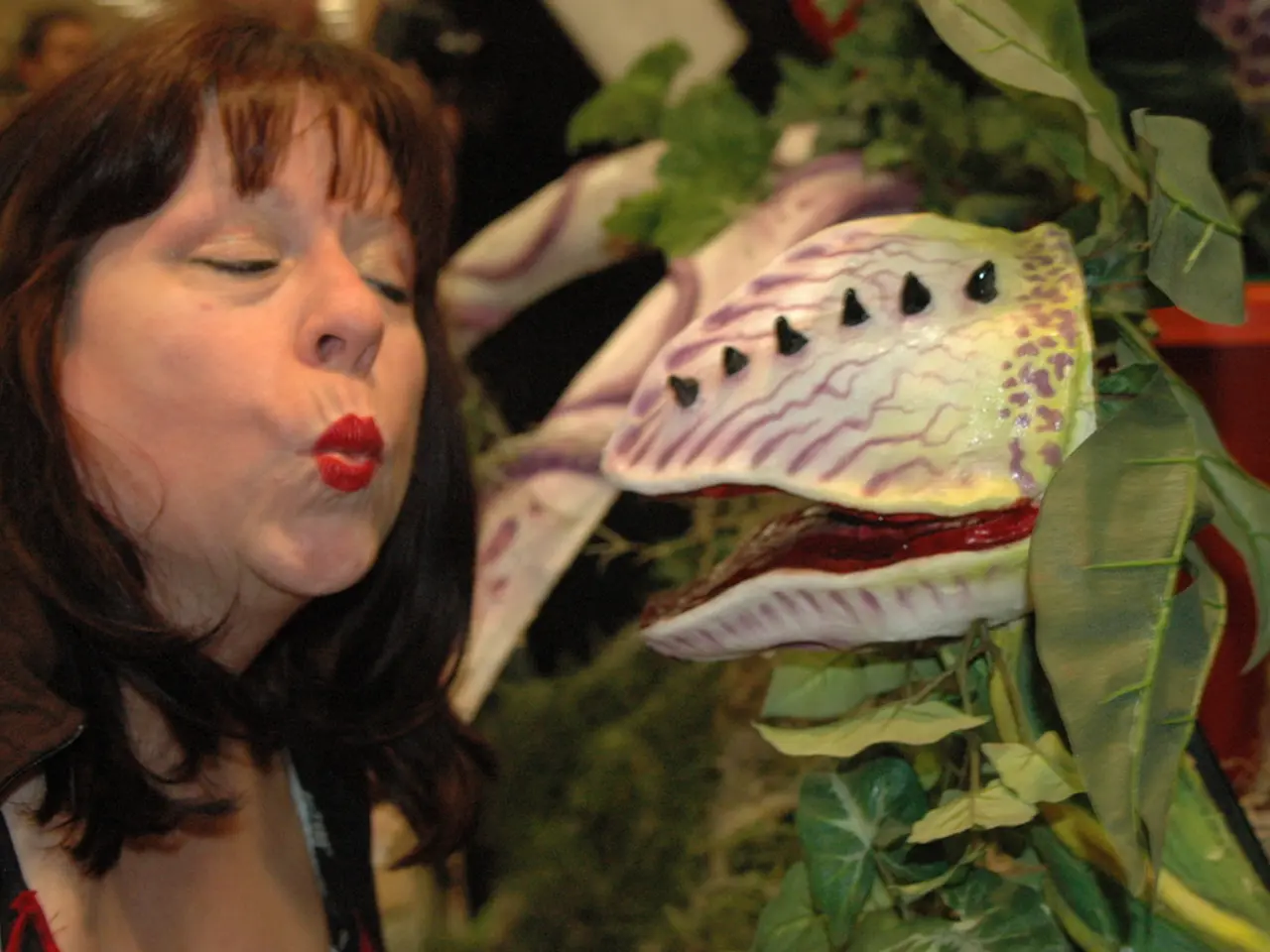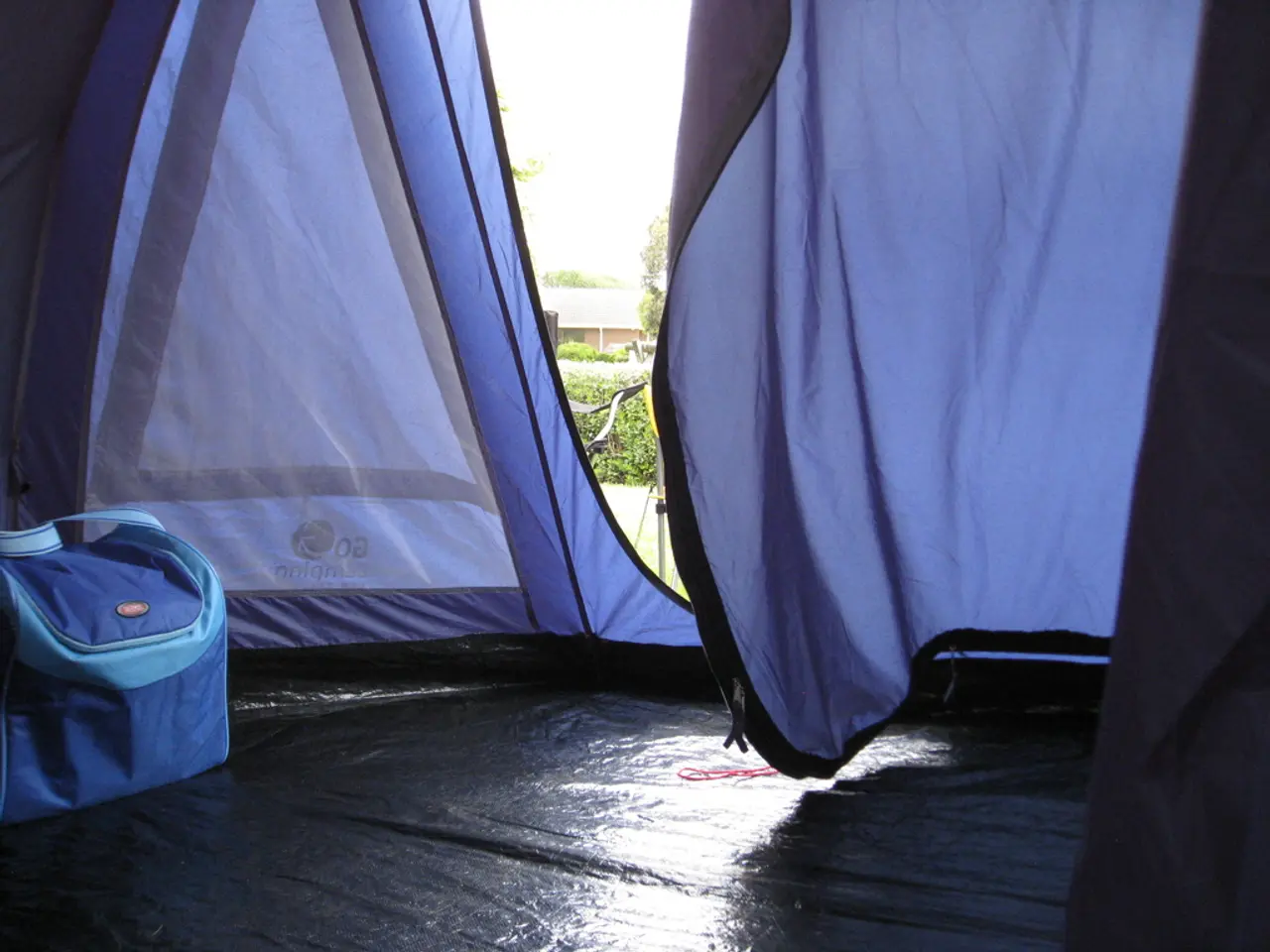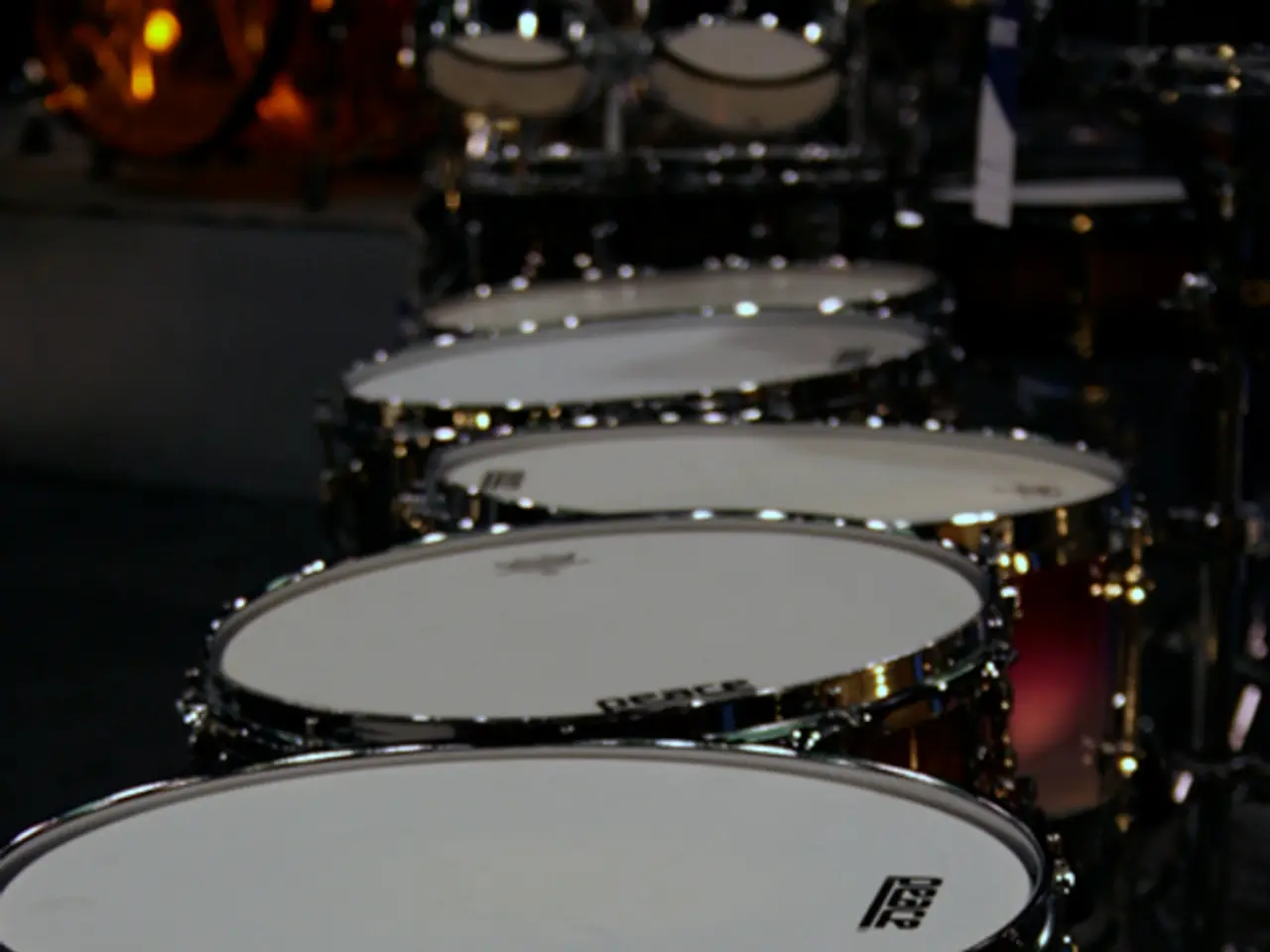Soreness in the sternocleidomastoid muscle: Identifying factors, root causes, and remedial strategies
Sternocleidomastoid (SCM) pain, a common neck complaint, can develop gradually due to a variety of factors such as carrying heavy objects, poor posture, awkward workstation layout, holding a phone between the ear and shoulder, sleeping in an awkward position, or tension or injury in other muscles of the shoulders, neck, or back.
The SCM, a superficial muscle located near the front of the neck, attaching to the mastoid process and extending down to the collarbone, plays a crucial role in the movement of the head, including rotation, inclination, and extension. However, when injured, it can cause a wide range of seemingly unrelated symptoms, from localized neck pain to headaches, dizziness, and tingling.
Myofascial trigger points in the SCM muscle are a common cause of the pain. These hyperirritable, tender regions in taut bands of muscle tissue often result from trauma, injury, repetitive use, poor posture, sleep disruption, or lack of exercise, all of which can induce microtrauma and muscle dysfunction. SCM trigger points may also be linked to cervicogenic headaches and migraines, as the pain referral pattern can extend to the midface and periorbital regions.
Other potential causes include cervical spine disorders such as disc herniation or joint dysfunction, which can cause neck pain and associated muscle spasm involving the SCM.
Diagnosis primarily involves clinical examination by palpating the SCM muscle to identify trigger points. Pain referral patterns from the SCM can help differentiate SCM-related pain from other sources. Diagnosis may also include assessment of range of motion, muscle spasm, and tenderness. Imaging such as MRI or CT scans might be used if other cervical spine pathologies or red flags (e.g., trauma, neurological symptoms) are suspected.
Treatment centers on physical therapy, focusing on stretching, strengthening, and postural correction to relieve muscle tension and prevent recurrence. Myofascial release techniques and trigger point injections can directly target hyperirritable spots in the SCM. Pain management strategies including nonsteroidal anti-inflammatory drugs (NSAIDs), muscle relaxants, or analgesics may also be used. Addressing associated headache disorders with multidisciplinary approaches is crucial if migraines or cervicogenic headaches coexist.
In rare or severe cases, interventions targeting cervical spine pathology may be necessary. It is essential to talk with a doctor or physical therapist before exercising to avoid making the injury worse.
In conclusion, understanding the causes, symptoms, diagnosis, and treatment options for SCM pain is crucial for effective management. By identifying the root cause, seeking proper diagnosis, and following recommended treatment plans, individuals can alleviate their symptoms and prevent chronicity.
[1] Fiorito, P., & Tuchin, P. J. (2019). Myofascial trigger points: an underestimated source of pain. Journal of Bodywork and Movement Therapies, 23(4), 680-687. [2] Govindan, R., & Jull, G. A. (2017). The cervical spine and headaches. Current Pain and Headache Reports, 21(10), 45. [3] Haldeman, S., & Tuchin, P. J. (2015). Manual therapies for neck pain. The Lancet, 386(9999), 617-626. [4] Bogduk, N. (2005). The anatomy of pain: the spinal cord and high-threshold pathways. Pain, 114(1-2), 1-12. [5] Kraus, S. (2018). Cervicogenic headache: diagnosis and management. Practical Neurology, 18(4), 268-277.
- Accident and falls, poor posture, or muscle tension in other areas can lead to muscular pain in the Sternocleidomastoid (SCM) muscle, which may cause a variety of seemingly unrelated symptoms such as headaches, dizziness, and muscle pain.
- Science has linked myofascial trigger points in the SCM muscle to several medical conditions like cervicogenic headaches, migraines, and pain referral patterns that extend to the midface and periorbital regions.
- When dealing with SCM pain, health-and-wellness strategies like physical therapy (PT) with stretching, strengthening, and postural correction, along with therapies-and-treatments like myofascial release techniques and trigger point injections, can help relieve muscle tension and prevent recurrence.
- In some cases, nutrition plays a role in managing SCM pain as addressing associated headache disorders with multidisciplinary approaches and adhering to a balanced diet rich in essential nutrients can contribute to a holistic approach for relief and prevention of SCM pain and other related health-and-wellness issues.




